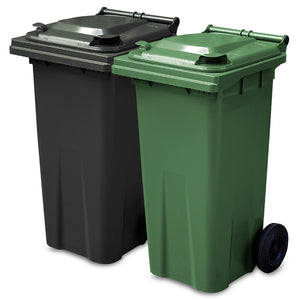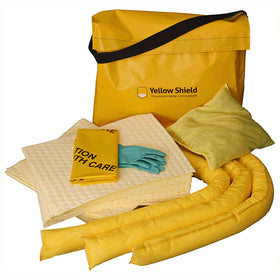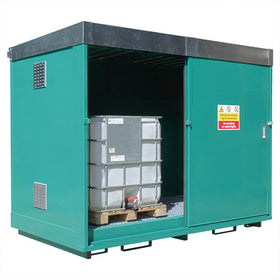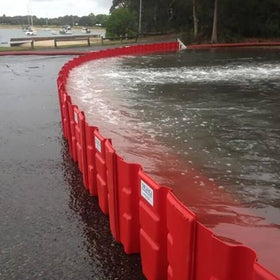The different types of control equipment
There are many different substances available that may constitute a risk to a person’s health if they come into contact with them. However many people have little regard for the health and safety of themselves and others, so it’s important that they are trained and instructed on how to use the product properly. The adage ‘they would not sell it if it wasn’t safe’ just won’t past muster because many products that are sold legally are in fact extremely dangerous. Just because you might not have heard of the trade name, does not mean you can ignore the warnings on the label.
Every organisation needs to have control equipment in place to stop accidents involving dangerous substances from taking place. And, these come in many forms such as spray paint booths, bunded tanks and even dust reducing techniques using water. Once you have your control system in place, you need to make sure that the equipment is checked and maintained on a regular basis so you have the best level of protection. A good thing to do here is have a nominated person in charge of that particular type of equipment. They should check the system is not spilling or emitting uncontrolled contaminants, works as it was intended and employees know how to use the system properly.




